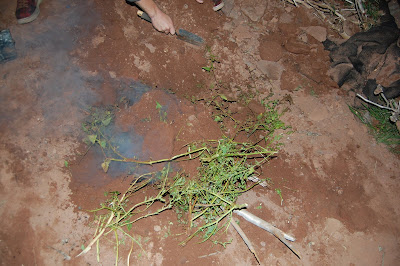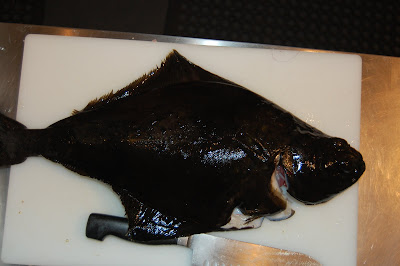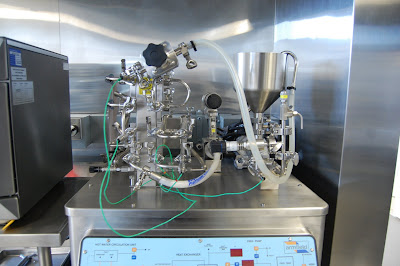
AFTER:

So we finally did it. Finally. The ground oven was made, and it couldn't have worked
better. With no small help from Mark and Ilze, using their property, and a bunch of their produce, we created magic.

The ground oven is a simple enough concept with a difficult execution. Not only does it require a bit of planning, but it's nature it's prohibitive of most natural heat sources. Think about it, no fire can rage without oxygen, so your wood oven is out. Wood doesn't keep it's heat long enough, so just placing smouldering logs in a hole wouldn't work. The answer, my friends, lies in stones. Not just any stones. Volcanic stones.

This sounds rare, but thankfully Mark has a little bit of an idea about the stones on his property. On top of letting us tear a hole in their ground, they also showed us the stone pile they keep. Thankfully a lot of it is lavastone. Perfect. The next step is to superheat the stones, so that they are at their full carrying capacity of heat, and will release it slow over a long period of time. So we dug a hole, around 2 feet deep and 2 and a half feet across, then we built a pyre. In and on the pyre, stones. Once both are done, the stones are superheated and quickly used to line the pit. For the record, stones will snap when heated this high if not tempered volcanically. Our stones were so hot that breaking them happened by mistake a couple times, and revealed a glowing interior. Don't mess with these stones.

The food is wrapped in tin foil, and placed in the middle. We placed a grill and more stones on top of the food, then covered that with another grill, wet cabbage leaves to seal it off, and then dirt. It's a wild way to do things. This is originally a maori thing, but they use baskets lined with cabbage leaves, then cover the whole thing with coconut fiber. We had to work with what was available.
So at this point we have an oven, packed with a whole lamb shoulder, carrots, potatoes, onions and garlic, and it's doing it's thing underground. The main issue is that there is really no good way to measure the temperature. Maybe the stones weren't good enough, or the ground too cold. Maybe some freaky animal has dug through the impossibly hot walls and is dining as we speak.

To relieve nerves, anxiety and a host of other mental plagues, we took a trip to town to visit Hermann Schmidt. Hermann is a geriatric German gentleman that we met earlier that day, at the behest of both Don and our hosts. Though he's getting on in years, the man is unstoppable. At eighty, he continues to bake bread for locals, as well as build massive stone ovens and other structures for local businesses. We met him at a construction site for an outdoor cafe near the local gas station. He invited us back to grab a loaf of bread later. We obliged.

When we returned much later than we expected, there was a multitude of guests, all anxious for food. It had been 2 and a half hours since with lamb was entombed. It was time for excavation. Timing could not have been better. Upon ripping off the top, the scent was intoxicating. The lamb shoulder was perfectly braised, and though some of the veggies were burnt, it was a small price to pay for the madness that was that shoulder.

I'm still not sure if we had enough food for everyone, but it was an extremely enjoyable experience nonetheless. We made up some roasted cabbage with tomatoes and red peppers and shredded some lamb into it, then served the rest in a huge heap alongside a platter of vegetables. Tremendous evening, great company, awesome hosts, and a load of food, straight from the ground oven. It has to be the most natural way to cook.

I feel it's prudent to point out that this is a really time consuming task. It takes a couple people and a good chunk of a day to work. We would not have been able to do this if not for Mark and Ilze, who wholehearted supported the project, and even did a chunk of the labour needed to make it a success. Thanks and we won't forget it!









































